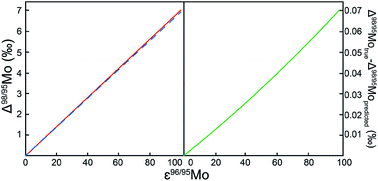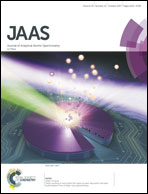Double-spike data reduction in the presence of isotopic anomalies
Abstract
The double-spike technique is one of the most robust and commonly used methods for high precision isotopic mass fractionation analyses by either TIMS or MC-ICPMS. It involves measuring the isotopic compositions of the pure sample, as well as a mixture of the sample and a double-spike made of an artificial mixture of isotopes. If isotopic variations follow the laws of mass-dependent fractionation, one does not need to measure the pure sample and a single measurement of the sample–spike mixture is sufficient. This approach is invalid, however, if the isotopic composition of the sample is not related to that of the standard by mass fractionation because nucleosynthetic anomalies are present, the sample is affected by cosmogenic effects, or one or several of its isotopes are produced by the decay of a radioactive parent. Extraterrestrial materials, in particular, often display isotopic anomalies of nucleosynthetic origin that can be troublemakers in double-spike data reduction if not properly accounted for. In the present publication, we derive an analytical equation to calculate the correction that needs to be applied to the isotopic composition if one erroneously assumes that samples and standards are related by the laws of mass dependent fractionation when in reality isotopic anomalies are present (by anomaly, we mean any departure from mass-dependent fractionation). This formula is applied to previous Mo, Ti and Cr isotopic analyses and demonstrated to yield an accurate correction. The newly derived formula also provides a straightforward means of propagating errors arising from the presence of anomalies in the isotopic composition calculated by the double-spike technique.



 Please wait while we load your content...
Please wait while we load your content...